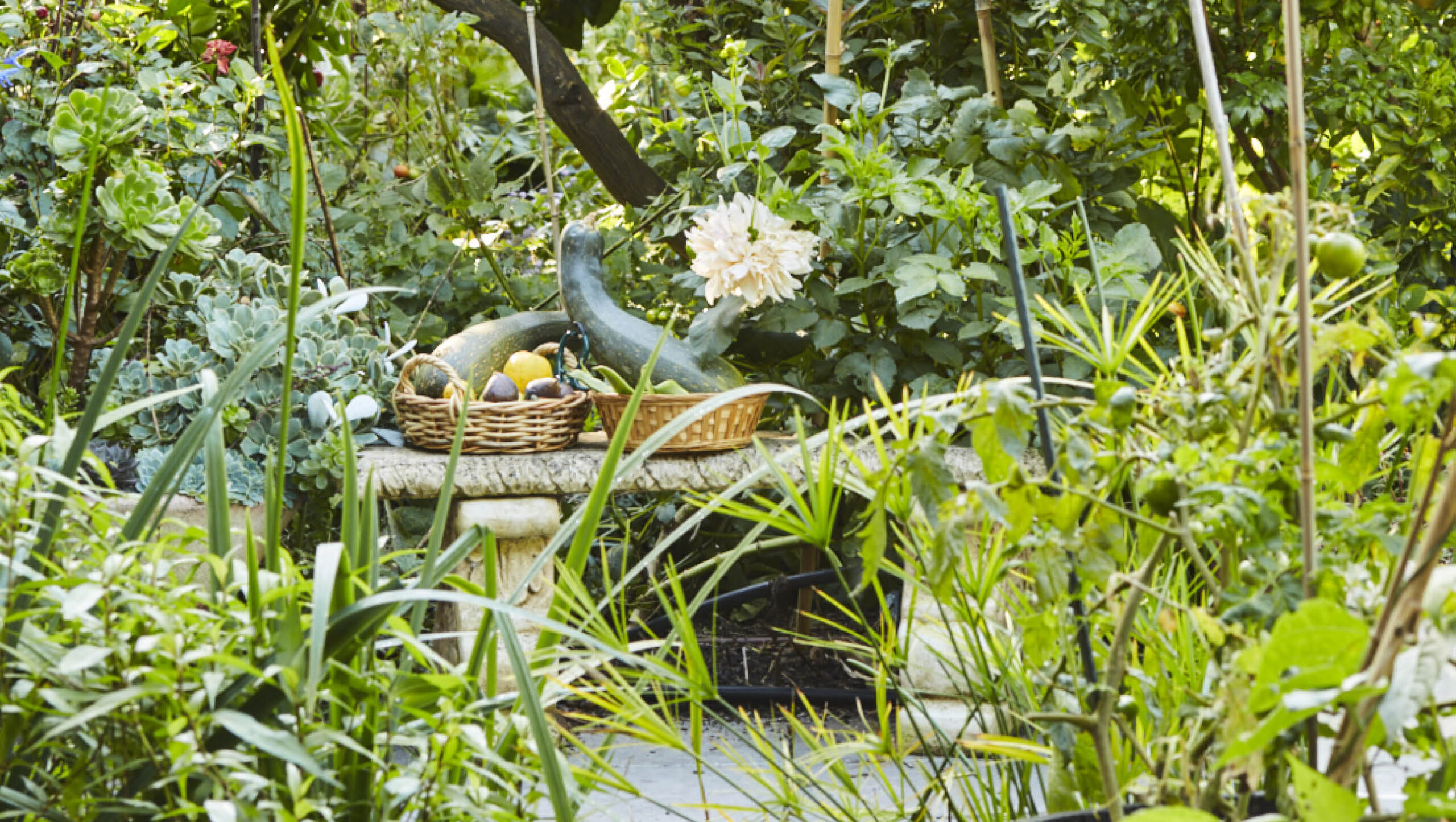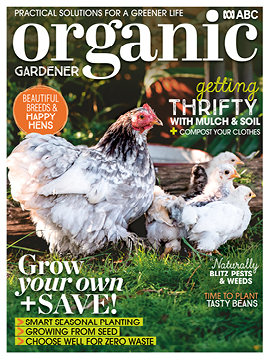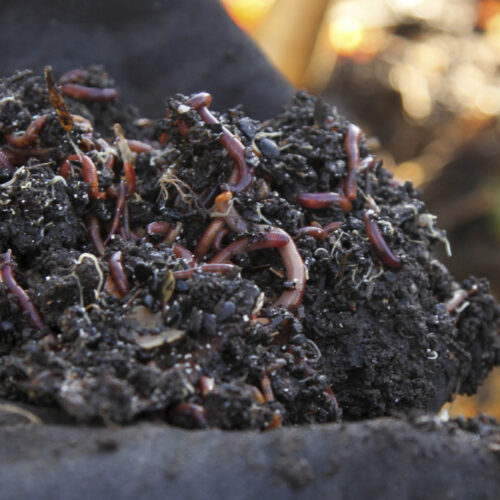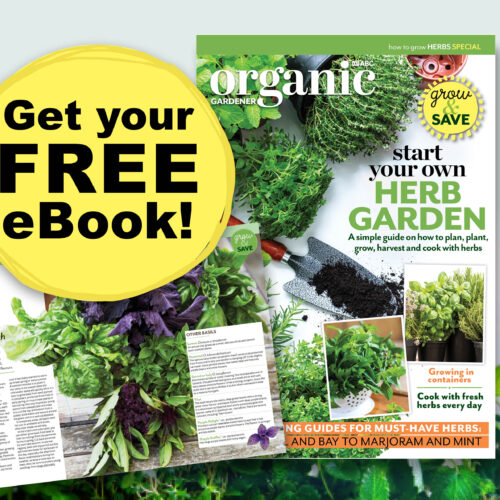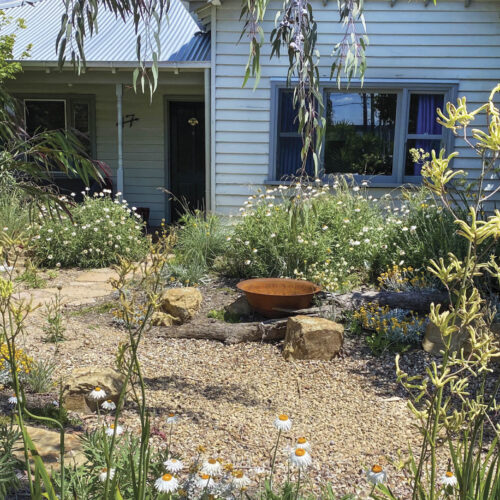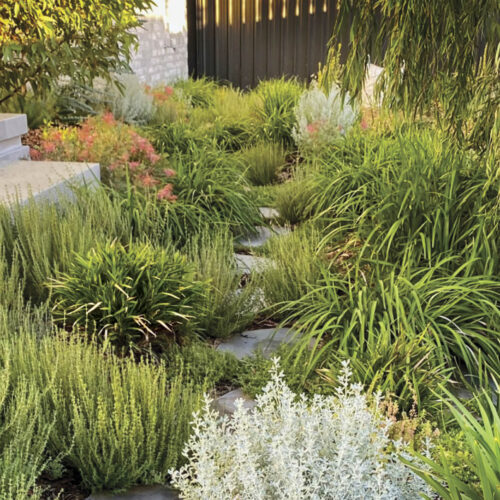Grow and save!
2022-08-03T06:03:55+10:00
Growing your own organic food is a money-saving option, even when starting from scratch.
There is no escaping the reality around the soaring cost of living, with prices for certain foods, especially fresh produce, reaching previously unimaginable levels. In the face of the mercury rising on grocery bills, more and more people are launching into growing food. I’ve revisited all the costs and benefits of organic growing and, as you would imagine, the case for growing your own is even stronger, despite some increased input costs (see our Early Spring 2022 issue for the full article).
Keep in mind, that people often complain about the even higher cost of buying organic produce. This is fair enough, but it doesn’t cost more to grow organic produce instead of conventional – in fact it could be less if you cut out lots of chemical sprays. Here’s two tips to get you started:
Seeds and plants
There’s a couple of approaches here. The super thrifty approach would be to start everything from seed, though this takes time and an assumed level of experience. The other great thing about seeds is there is often enough seed in a packet to last more than one season, so they can be a saving in the long run. If you want to get your garden pumping straight away, then seedlings are a great option, though they will work out to be more expensive. Whatever you choose, look for high-quality, heirloom varieties of vegetables that you love to eat and will be able to collect seed from.
Beds, soil, compost
If you live on fertile volcanic or alluvial soil, then you don’t have much to worry about here. If you’re like the majority of Australians and live with either very sandy or very heavy clay soil, then creating a good growing mix can be expensive. In a perfect world, you dig up your lawn, shape up some beds, and away you go. Most people will need to enrich their soil with some organic matter such as compost, worm castings or manure to get their vegies growing strongly. However, if you have poor soil and/or poor drainage, raised beds are great – either made yourself or recycled. You’ll need to purchase or find quality soil or compost to fill it.
You’ll find Paul West’s full article in our Early Spring 2022 issue (OG 135) — there’s plenty of other thrifty ideas in the issue to read as well! There’s a selection of back issues available here — you can also subscribe and get the most recent issues delivered to your door!

